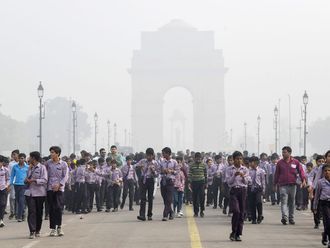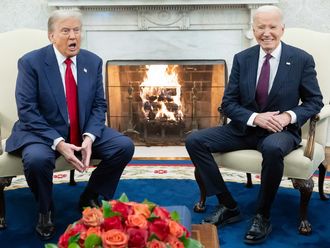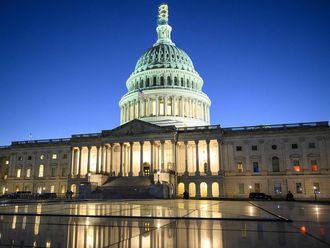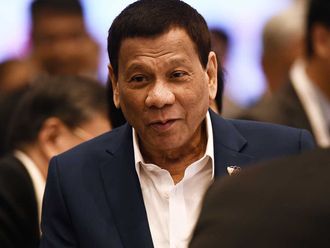Mumbai: Shiv Sena leader Bal Thackeray’s death on Saturday has sparked off speculation of what the future holds for the Sena. At the same time, it has made many reflect on how Thackeray rose from a political cartoonist with an English daily, The Free Press Journal, and go on to become a much-loved but controversial political leader with his own brand of politics.
When he started his own political weekly Marmik with his brother, he used it to campaign against the growing influence of non-Marathis, particularly South Indians, in Mumbai. And then when he founded his own party, the Shiv Sena, in 1966, it was to fight for the rights of native Maharashtrians and to ensure job security for them against immigrants from other parts of India.
Though he never held any official post or contested any elections, he became a powerful political figure in Maharashtra, capturing the hearts of Maharastrians by constantly reinventing the Sena’s goals and aspirations.
The Sena’s anti-Communist stand helped it to gain control of trade unions and in later years, particularly when Hindu nationalism took hold of the party, it was an anti-Muslim project, though Thackeray said he was only against those who indulged in anti-India activities. Whether it was opposition to Valentine’s Day or North Indian immigrants, the agenda worked — albeit temporarily. While the anti-North Indian agenda has now been hijacked by his nephew Raj Thackeray who broke away from the Sena in 2006 to form his own party, the Maharashtra Navnirman Sena, the Sena has been almost drifting for some time without a strong issue that could be stirred up in a violent manner — with violence being always identified with the party.
Emotionally dependent on the ageing, single, charismatic individual for their political sustenance, the future is now a big question for the Sena and its cadres. If the present crisis leads to a union of a Sena led by Thackeray’s son Uddhav, executive party president, and that of his cousin Raj, it could be one powerful party in Maharashtra. Along with its state ally, the Bharatiya Janata Party, their combined strength could pose a huge challenge to the Congress and Nationalist Congress Party partnership. However, this could be a pipe dream since Raj, though a picture of concern and feeling for his ailing uncle, has built up his own party with a decent clout though with limitations.
Without the senior Thackeray’s dynamism and energy, which he wielded even after taking a back seat for his son, the Sena has a massive task of plodding ahead since neither the son, grandson Aditya, who is too young, or nephew can ever match up to the influence and vitality that he spread across party cadres. With Udhav himself facing health problems, the Sena cadres would indeed have to be fired up through another charismatic leader.
The party has already been out of power for the last 13 years and it would take plenty of shrewdness to come up with a suitable agenda for Sena cadres, particularly the youth whose cultural and intellectual growth is yet to be given attention. Uddhav has recently talked about focusing on developmental issues, which is a good thing. Yet, to become relevant again in state politics, the party would need a reinvention once more minus the violent brand of politics.












